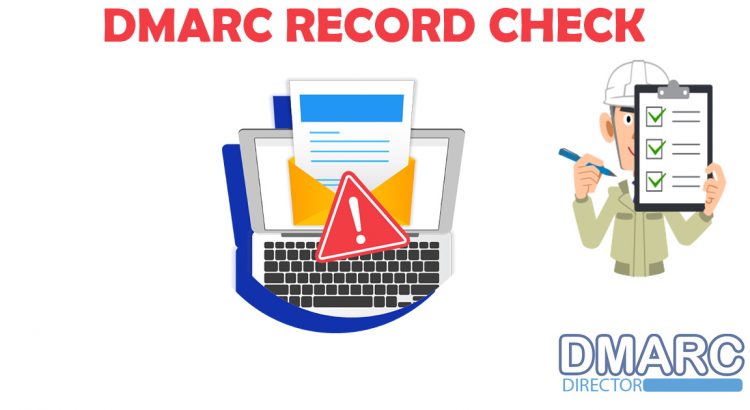Email has become an integral part of our lives, and it’s hard to imagine a world without it. However, with the convenience of email comes the challenge of securing it. Email spoofing and phishing attacks have become more sophisticated and prevalent, putting individuals and organizations at risk of data breaches and other cyber threats.
Fortunately, there are tools available to protect email domains from such attacks, and one of the most powerful is the DMARC record. In this blog post, we’ll discuss what a DMARC record is, how it works, and why it’s essential for your email domain’s security.
What is a DMARC record?
DMARC stands for Domain-based Message Authentication, Reporting, and Conformance. It’s an email authentication protocol that helps protect email domains from phishing and spoofing attacks. DMARC record is a DNS (Domain Name System) record that specifies how incoming email messages should be handled if they fail authentication checks.
DMARC record is composed of the following components:
- Policy: The policy component specifies how the email messages that fail authentication should be handled. The policy can be set to one of the following values: none, quarantine, or reject.
- Subdomain Policy: The subdomain policy component specifies how email messages from subdomains of your domain should be handled.
- Alignment: The alignment component specifies whether the domain’s DKIM (DomainKeys Identified Mail) and SPF (Sender Policy Framework) align with the domain in the “From” header.
- Reporting: The reporting component specifies how DMARC reports should be sent and to whom.
How does a DMARC record work?
When an email message is sent, it’s checked against the DMARC record published by the domain in the “From” header. The DMARC record specifies whether the email should be rejected, quarantined, or allowed. If the email fails the DMARC check, the receiving mail server can either reject it, quarantine it, or allow it to be delivered to the recipient’s inbox.
Why is a DMARC record essential for your email domain’s security?
- Prevents email spoofing: DMARC record helps prevent email spoofing by verifying the email’s authenticity through SPF and DKIM authentication mechanisms.
- Protects brand reputation: Email spoofing can damage your brand’s reputation, and DMARC record can help protect it by ensuring that only authenticated emails are sent from your domain.
- Improves email deliverability: DMARC record improves email deliverability by reducing the likelihood of emails being marked as spam or phishing messages.
- Provides visibility into email authentication: DMARC record provides visibility into email authentication by generating reports that show which emails passed or failed DMARC checks. This can help organizations identify and remediate issues with email authentication.
DMARC record is a powerful tool that can help protect your email domain from phishing and spoofing attacks, improve email deliverability, and protect your brand’s reputation. If you haven’t already implemented DMARC record for your email domain, it’s time to consider doing so. Remember, securing your email domain is crucial for safeguarding your personal and business information from cyber threats.
